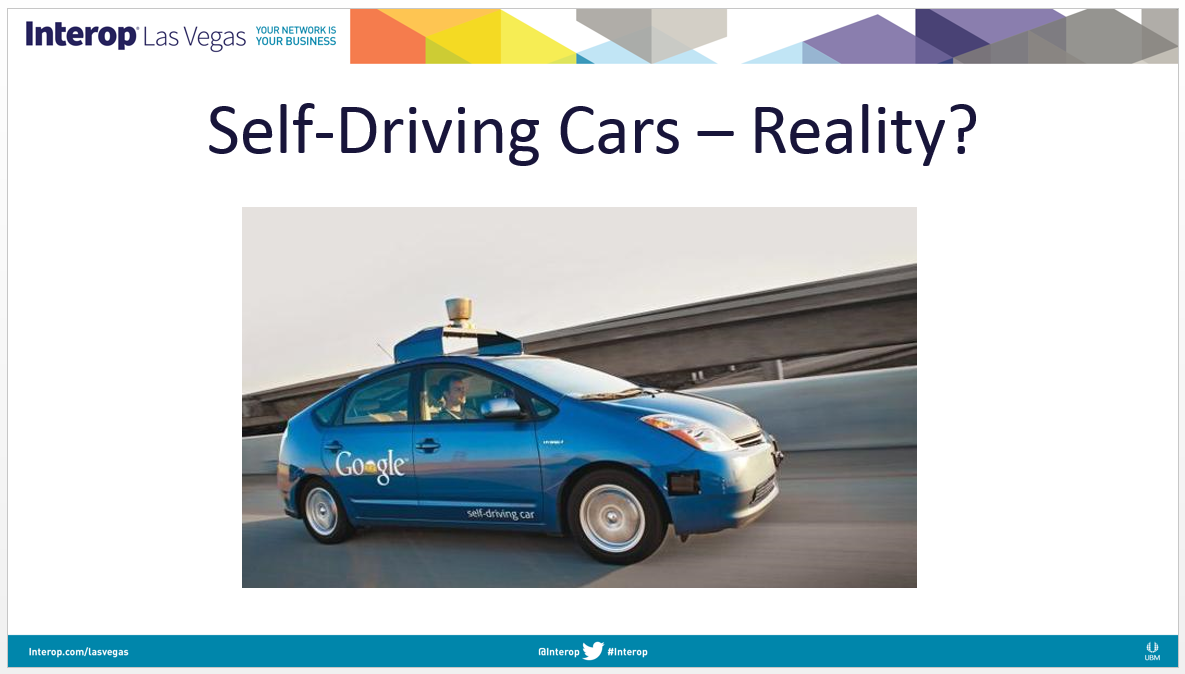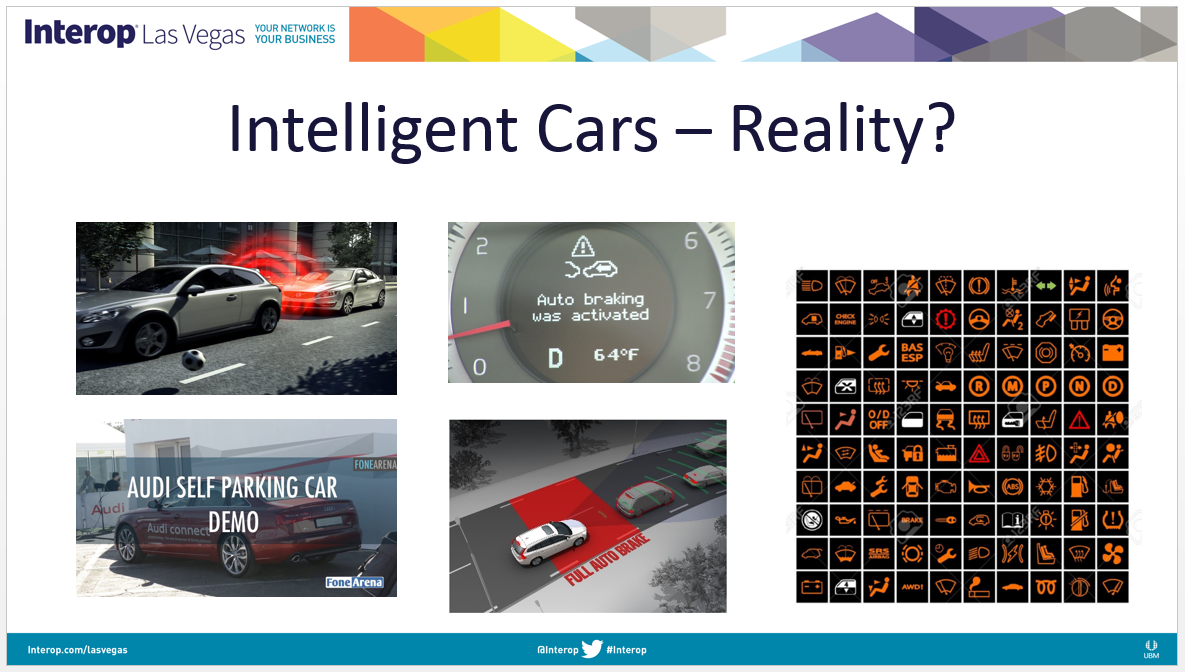IDG Contributor Network: Using Passpoint for private Wi-Fi networks
We normally think of Passpoint, the Wi-Fi Alliance certification, as a feature for Wi-Fi hotspots owned and operated by service providers. Passpoint enables comprehensive inter-carrier roaming, with discovery, authentication and accounting.But, as with any good protocol, the possible applications greatly outstrip the scenarios originally considered. Enterprise access points already support Passpoint. And as implementation in phones moves forward, slowly but surely non-carriers are finding interesting new applications.9 tips for speeding up your business Wi-Fi Passpoint’s big innovation is decoupling service advertising from the Service Set Identifier (SSID). An access point can advertise, in addition to its SSID, a number of service providers that provide roaming possibilities. When a device starts authentication, the access point relays to the respective service provider’s authentication server, then provides an internet connection.To read this article in full or to leave a comment, please click here

